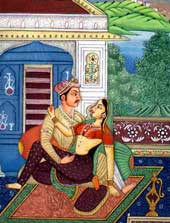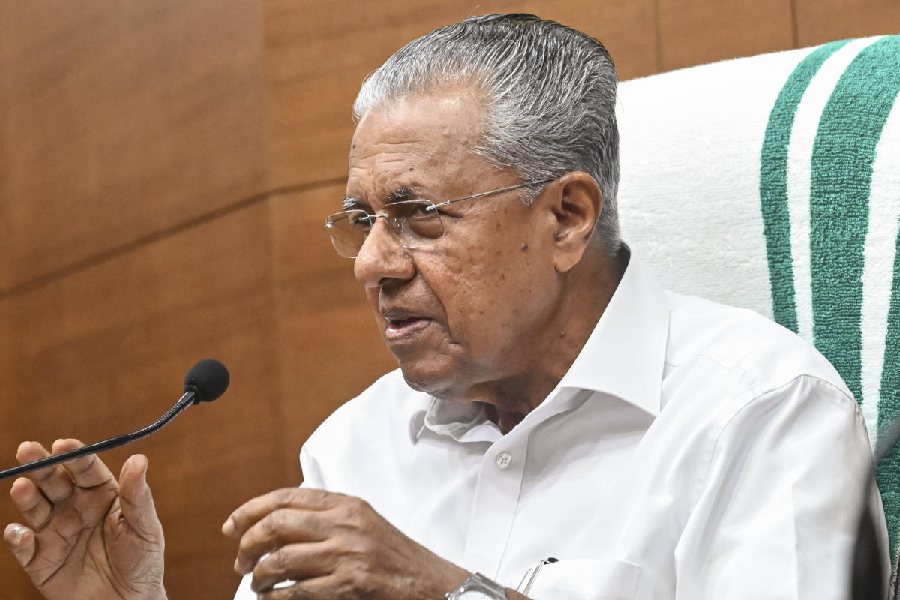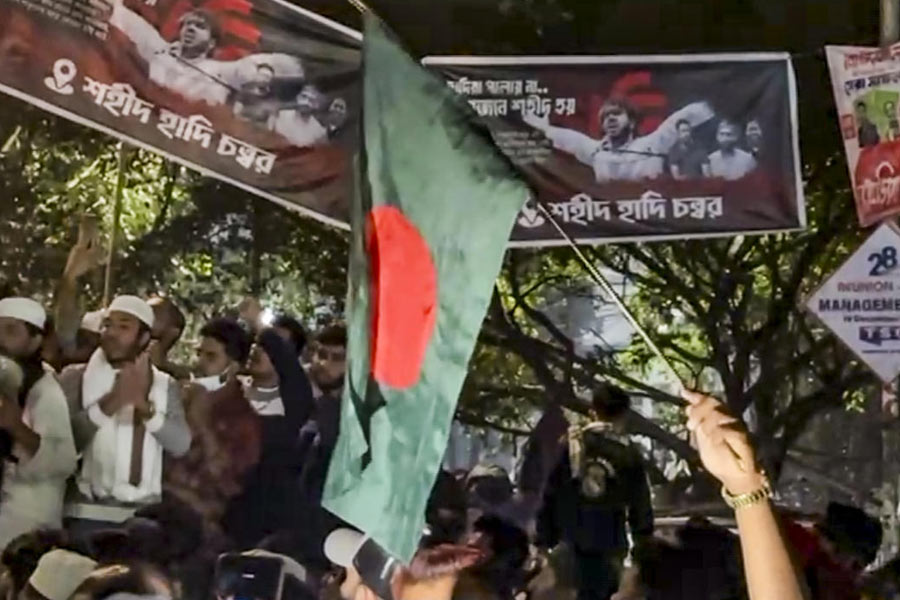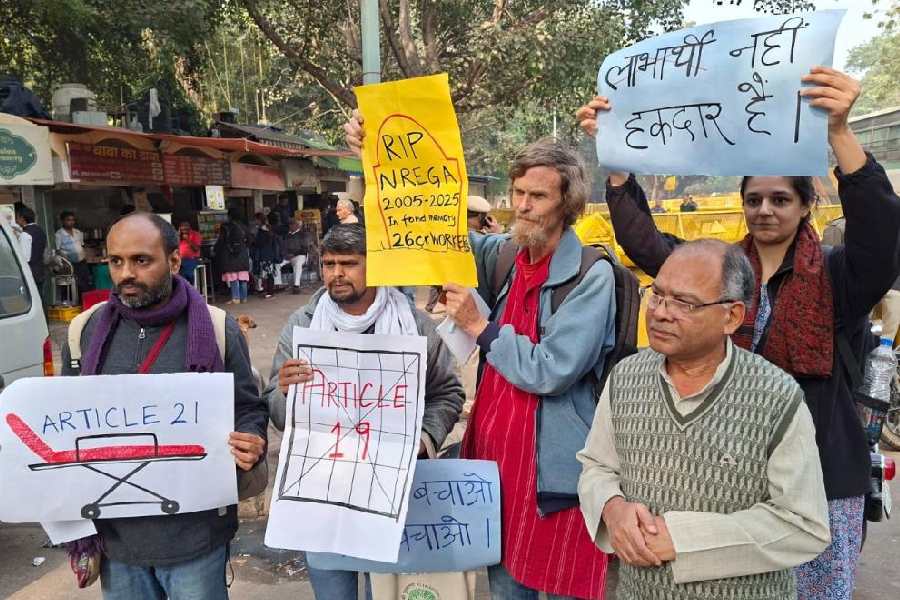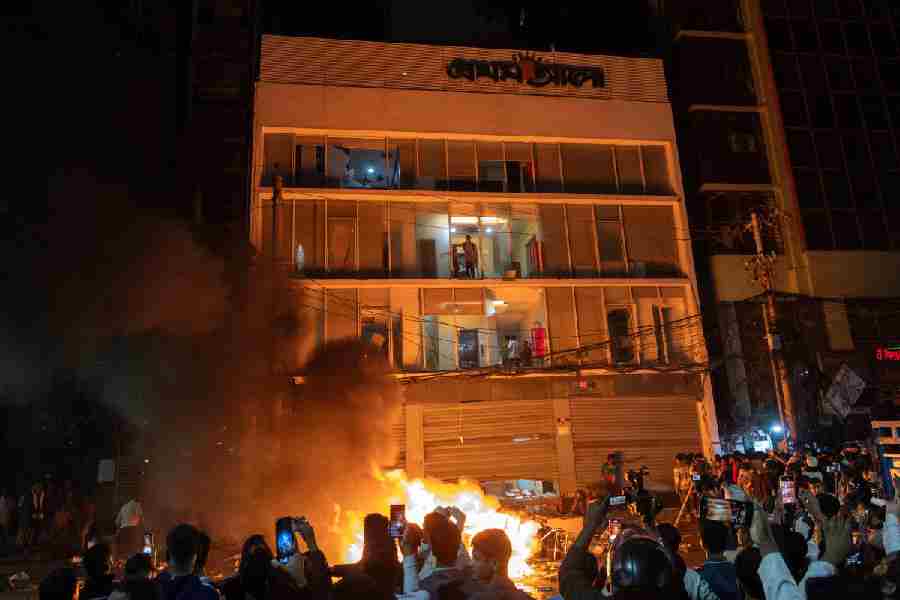|
|
DOMESTICITY AND POWER IN THE EARLY MUGHAL WORLD
By Ruby Lal,
Cambridge, Rs 795
The picture of the haram is frozen. It is seen as the repository of the romantic, the sensuous and the depraved. In a different way, our understanding of Mughal India is also frozen. Historians see it in terms of the personality of the emperors, the nobility around them and the agrarian system that supported the imperial apparatus. Thus large arcs of Mughal society remain completely uncharted. The changing character of the Mughal haram, and the role it played in the domestic life of the Mughals, have never been explored. In fact, the historians from Aligarh who, because of their command over Persian, have, under the leadership of Irfan Habib, dominated the writing of Mughal history will perhaps not even admit that these are valid and important questions for the study of the Mughal period.
Ruby Lal’s book thus breaks completely new ground and does so with an ease and a mastery that do not suggest that this is her first book. Yet it is. The book marks the arrival of a major historian of Mughal India, a historian who is not stuck in the rut of merely reading the available documents and taking them at their face value. As this book shows, she is relentless in her questioning of the source material, penetrating in the way she teases out answers (and more questions) from the documents, and fearless in the way she applies her imagination to the sources. Admittedly, this is not a book aimed at the general reader. But students of history will find in this book a new excitement, which is not always available in academic monographs.
It goes without saying that the early Mughals led peripatetic lives. Babur lived from one battle to another in Central Asia, where he moved from square to square like a king on a chessboard. Even after he had won his three major battles in India, he never really settled down physically and emotionally. He yearned for the land of melons and cool water. Hindustan may have been good for building an empire, but it never really captured his heart. Humayun too, for long periods, was on the run from the Afghan threat represented by Sher Shah. Lal asks the very relevant question: where was the haram in the peripatetic world of the early Mughals?
To say that the haram was nowhere is to simplify the answer. Neither domestic life nor everyday activities of the early Mughals can be quite tied down to a well-defined domain such as the haram, the family or private life. Indeed, as Lal says, “The core of the domestic cannot be encircled at all.” The very nature of the lives of Babur and Humayun — and therefore of the womenfolk around them — made their domestic lives “fluid and indefinable”. But this should not be taken to suggest that the women had no roles to play or that they did not have their own lives and activities.
Ruby Lal reads the memoirs of Babur and those of his daughter, Gulbadan (and other contemporary sources), to reconstruct the quotidian life of the Mughal camp and the roles women played in it. Already, modes of behaviour, deportment and etiquette were being established. Within these norms, women were also beginning to occupy their assigned places. Senior women occupied a special and elevated status. The first two emperors had special days on which they visited their tents. The women often intervened to settle disputes or offered advice. They were given in marriage to seal alliances. Women lived their lives in “intricate and varied assemblages”, which were invariably centred around the king.
This fluidity was to change as the Mughal Empire became firmly established and palaces were built with separate apartments for queens and major princesses. These quarters came to be segregated and protected from the outside world. Thus the haram was rendered invisible. But members of the haram could not be completely domesticated and deprived of their role in political affairs.
What Ruby Lal’s book does very successfully is that it opens up a world of Mughal life about which little was known beyond the stereotypes. Readers get a glimpse of how powerful women in the reigns of the first three Mughal emperors feasted, mourned and organized their daily lives. The world of the Mughals was definitely a man’s world, but it was not a world in which women were completely passive observers or victims. Lal’s account and her analyses push us to ask questions about the Mughals, their world and its historiography.

